After visiting Morocco last February for an eight-day tour, we couldn’t help but notice and appreciate the tea customs, ceramics and culture of Moroccans. We decided to leave our beloved Informal Tea at home to fully immerse ourselves in the Moroccan tea culture. We got to see Moroccan craft first hand when we visited the Fez tanneries and potteries which was well impressive! Not to mention getting lost in the maze of the Marrakech medinas.

Fresh mint tea in Marrakech, poured from their icon silver teapots and served in decorative glassware
Tea has always had the position of being the country’s most loved beverage. It’s drunken in social contexts, to start and end a day, to proceed and finish a meal and can be served with a meal too. The serving can take a ceremonial form, especially when prepared for a guest. The tea is traditionally made by the head male in the family and offered to guests as a sign of hospitality. Typically, at least three glasses of tea are served, and it is considered impolite to refuse it.
A skilful potter in Fez
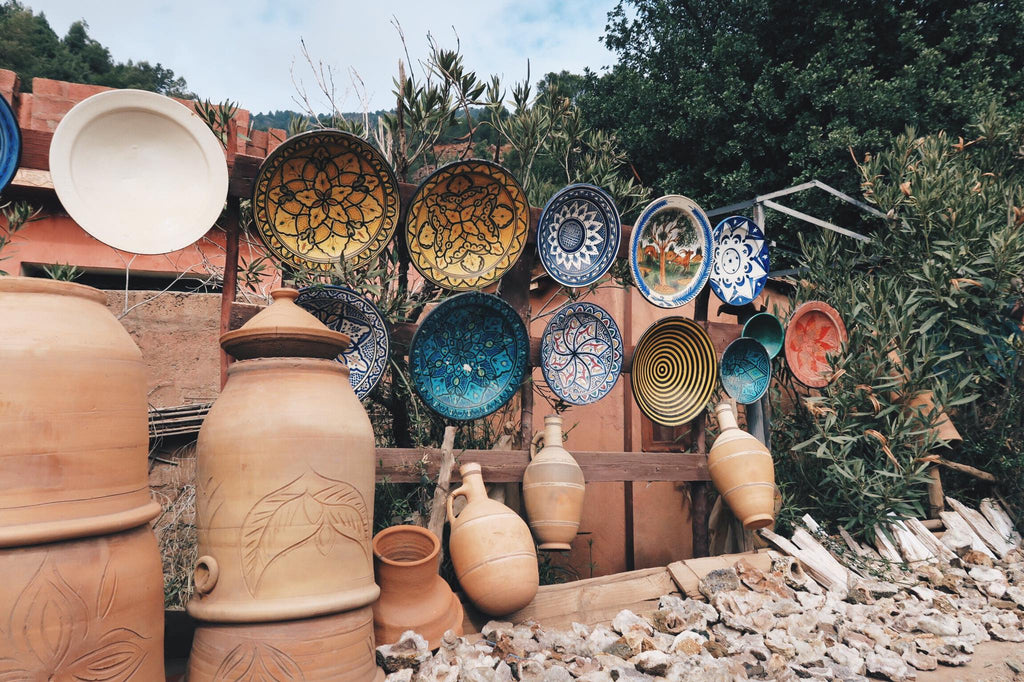
Ceramics in Fez
Tea was introduced into Morocco during the reign of Moulay Ismail (1672-1727), perhaps as a tribute from Queen Anne of England for releasing a group of English prisoners, but it didn’t become popular until the mid-19th century. British merchants were left with excess tea from China after the closure of Baltic ports during the Crimean War (1853-1856). It was offloaded in Tangier and Essaouira in an effort to find new markets. Tea was still considered a luxury in the 1840s, however, it rapidly filtered down through the classes and country until it became a staple in the early 1880s.

‘Moroccan tea’ is loose-leaf Chinese gunpowder green. Moroccans then add sugar and add generous handfuls of fresh mint into the teapot. The area around Meknes, the imperial capital during Moulay Ismail’s reign, produces the country’s most vibrant spearmint with narrow, brilliant green leaves. But it is not always the only herb in the pot. In winter, it’s typical to include pale, silvery absinthe leaves (wormwood), marjoram, sage and verbena as well.
Authentic Tannery in Fez
The preparation of mint tea in Morocco involves ritual. Patient and measured, sometimes ceremonious, always artful, it becomes stylized as the tea is poured, from high above, into small colourful and patterned glasses. It’s theatrical and, as the tea doesn’t spill all over the table, always impressive. But the high pour is more than just a party trick. The scientific- minded argue that boiling the water “flattens” it and this re-aerates it. Some say it is done to cool the scalding tea, others say it is for the small bubbles that form and cling to the inside curve of the glass. And then there is that soothing, cascading sound that adds another layer of senses to the experience.
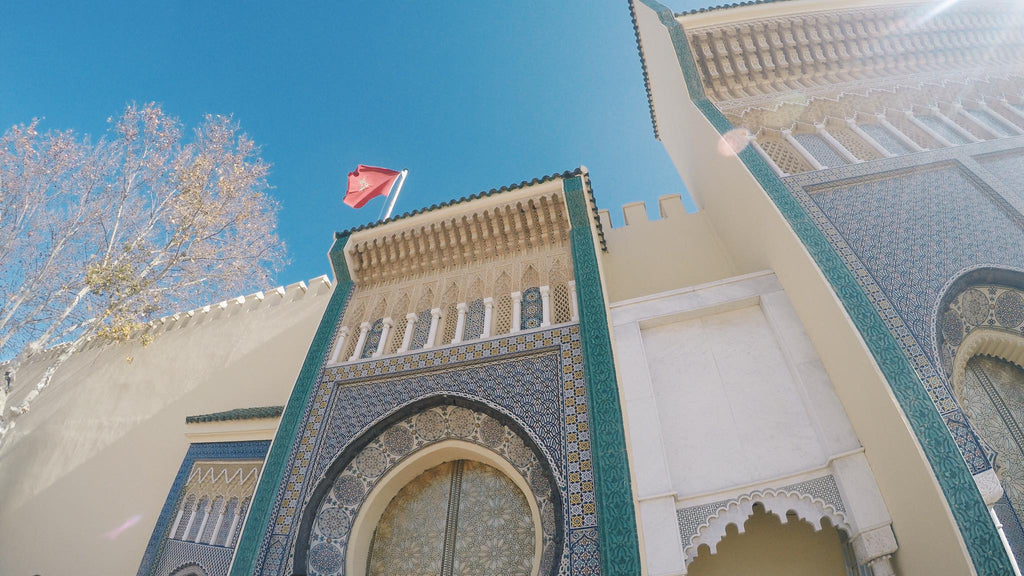
Moroccan Architecture in Fez
Traditionally, the tea is served three times. The amount of time it has been steeping gives each of the glasses of tea a unique flavour, described in this famous Maghrebi proverb:
The first glass is as gentle as life,
the second is as strong as love,
the third is as bitter as death.
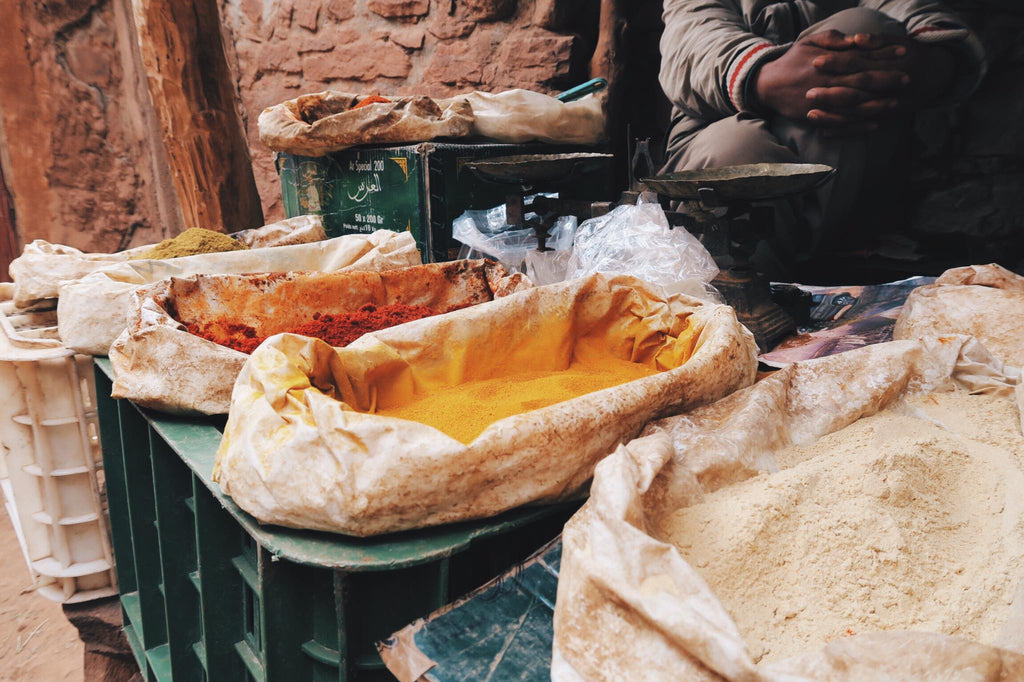
Spices in a small village high in the Atlas Mountains
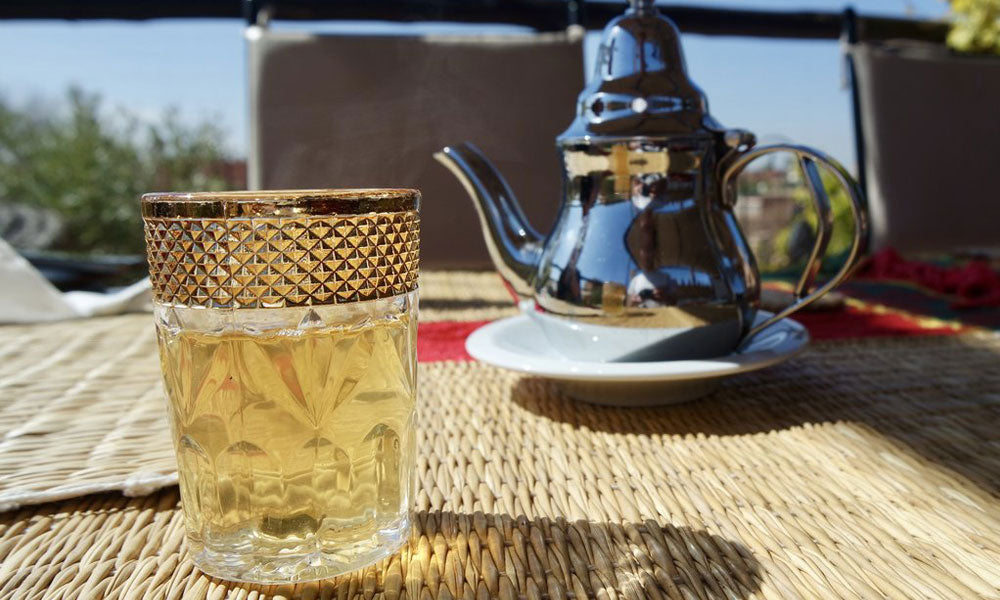

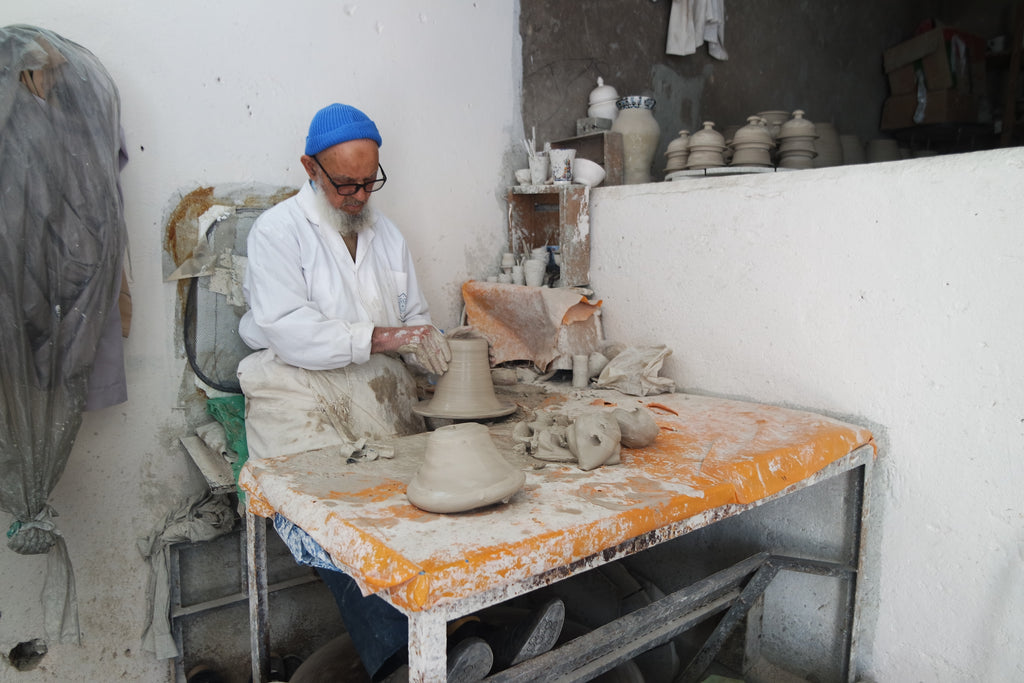

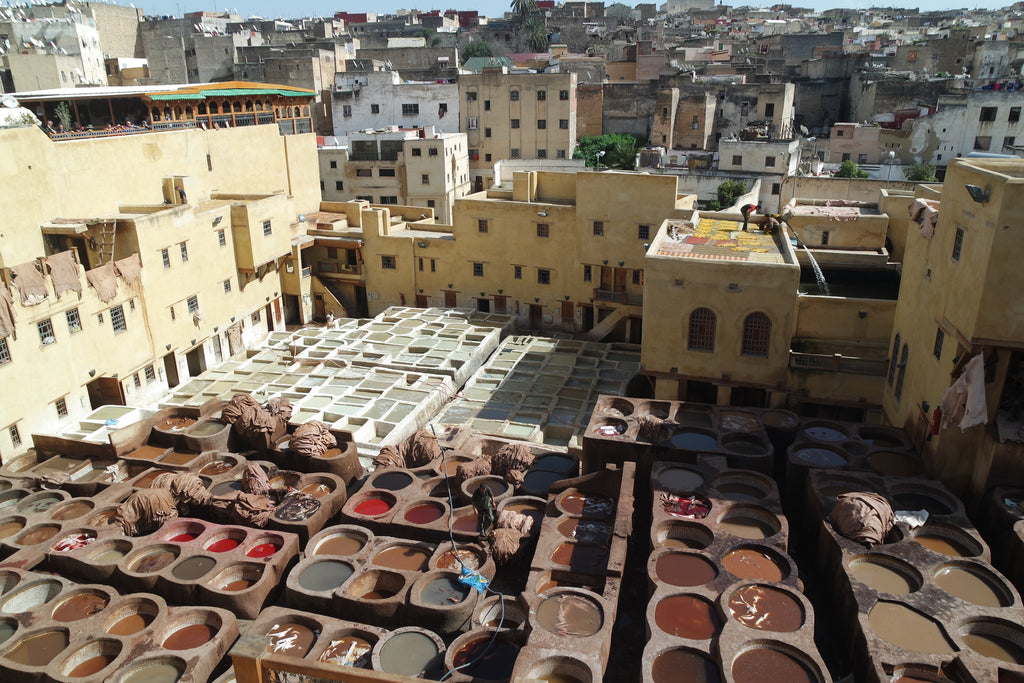
What do you think?
244 comments
wyZfHAurYgteBo
HzcNQrWkDaSLmv
KpIYiZAum
BIaOktGLjqKvyS
rUGaMjFDeOW